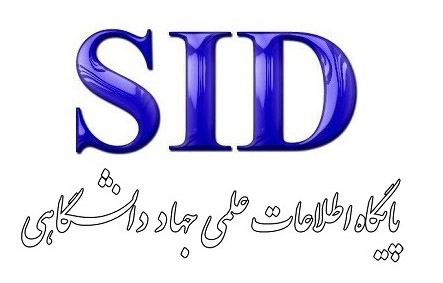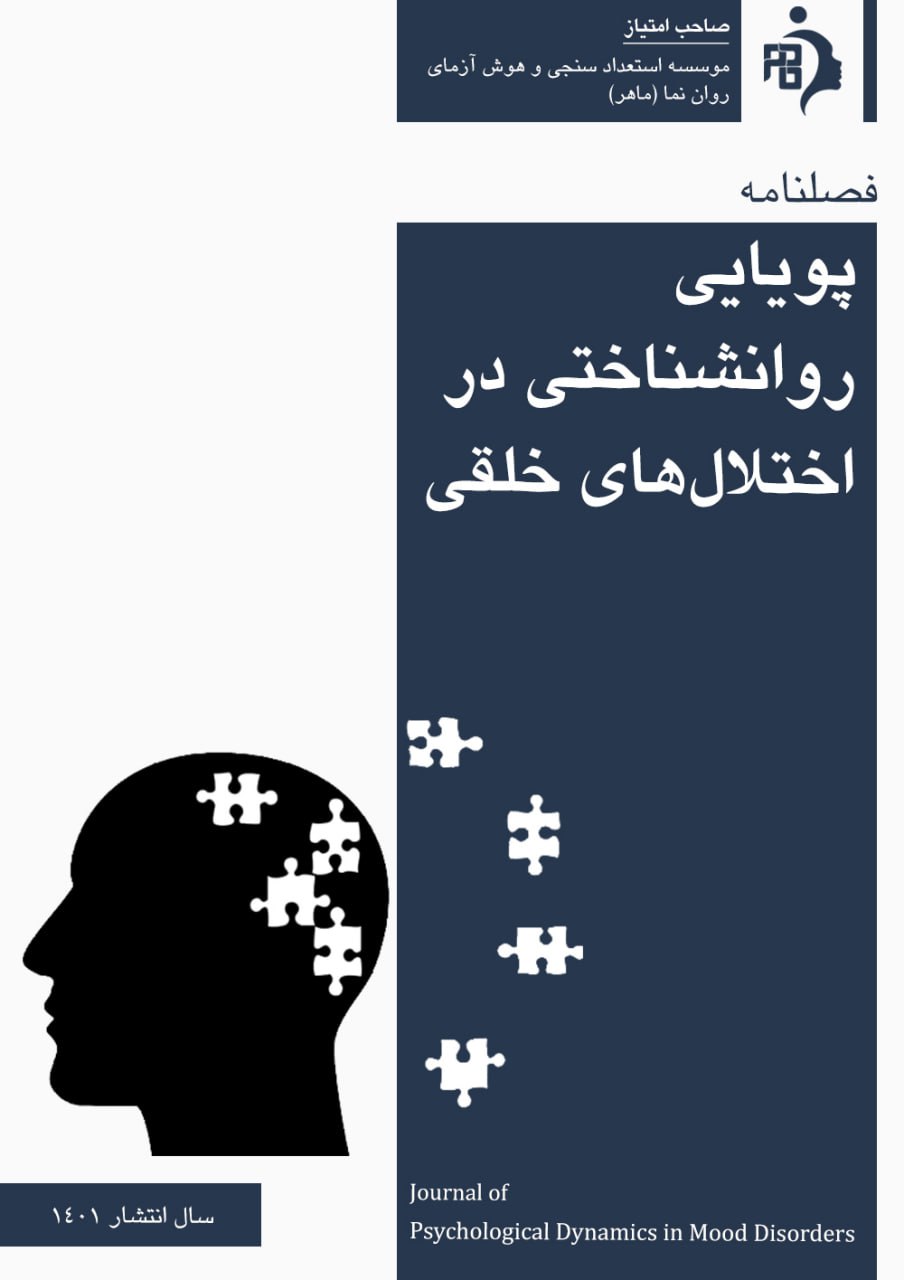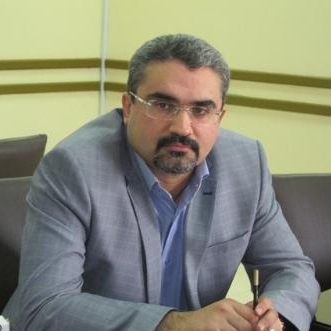Comparison Short Term Memory, Reading Performance and Academic Achievement of Early Bilingual and Monolinguals
Keywords:
Short Term Memory, Reading Performance, Academic Achievement, Early Bilingualism and Early MonolingualsAbstract
The aim of the current study is to compare short term memory, reading performance and academic achievement of early bilingual and monolingual student and also presenting a well fitted model for interpretation of these interrelationship based on the theoretically recommended model. Rey–Osterrieth Complex Figure Test, a battery of reading measures and three elementary courses (Farsi, science, and Math) were used to assess short term memory, reading performance and academic achievement in turn. These tests were administered to 380 (188 ML and 192 BL) male primary student at grade five (12-13 years of age) in Persian. SEM and Analyses of variance (ANOVA) were then performed to determine which construct served as the best predictor of academic achievement in both groups. Based on the results, there is a significant relationship among short term memory, reading performance and academic achievement in both groups. But short term memory was the best predictor for academic achievement. Moreover, the highest significant relationship exists between short term memory and reading comprehension, while direct path coefficient between reading performance and academic achievement was the lowest. Indirect path coefficient between short term memory and academic achievement was not significant in both groups. Furthermore, ANOVA demonstrate that BL yielded significantly higher scores than did ML group in all variables except phoneme deletion and pseudo word reading.The aim of the current study is to compare short term memory, reading performance and academic achievement of early bilingual and monolingual student and also presenting a well fitted model for interpretation of these interrelationship based on the theoretically recommended model. Rey–Osterrieth Complex Figure Test, a battery of reading measures and three elementary courses (Farsi, science, and Math) were used to assess short term memory, reading performance and academic achievement in turn. These tests were administered to 380 (188 ML and 192 BL) male primary student at grade five (12-13 years of age) in Persian. SEM and Analyses of variance (ANOVA) were then performed to determine which construct served as the best predictor of academic achievement in both groups. Based on the results, there is a significant relationship among short term memory, reading performance and academic achievement in both groups. But short term memory was the best predictor for academic achievement. Moreover, the highest significant relationship exists between short term memory and reading comprehension, while direct path coefficient between reading performance and academic achievement was the lowest. Indirect path coefficient between short term memory and academic achievement was not significant in both groups. Furthermore, ANOVA demonstrate that BL yielded significantly higher scores than did ML group in all variables except phoneme deletion and pseudo word reading.




























